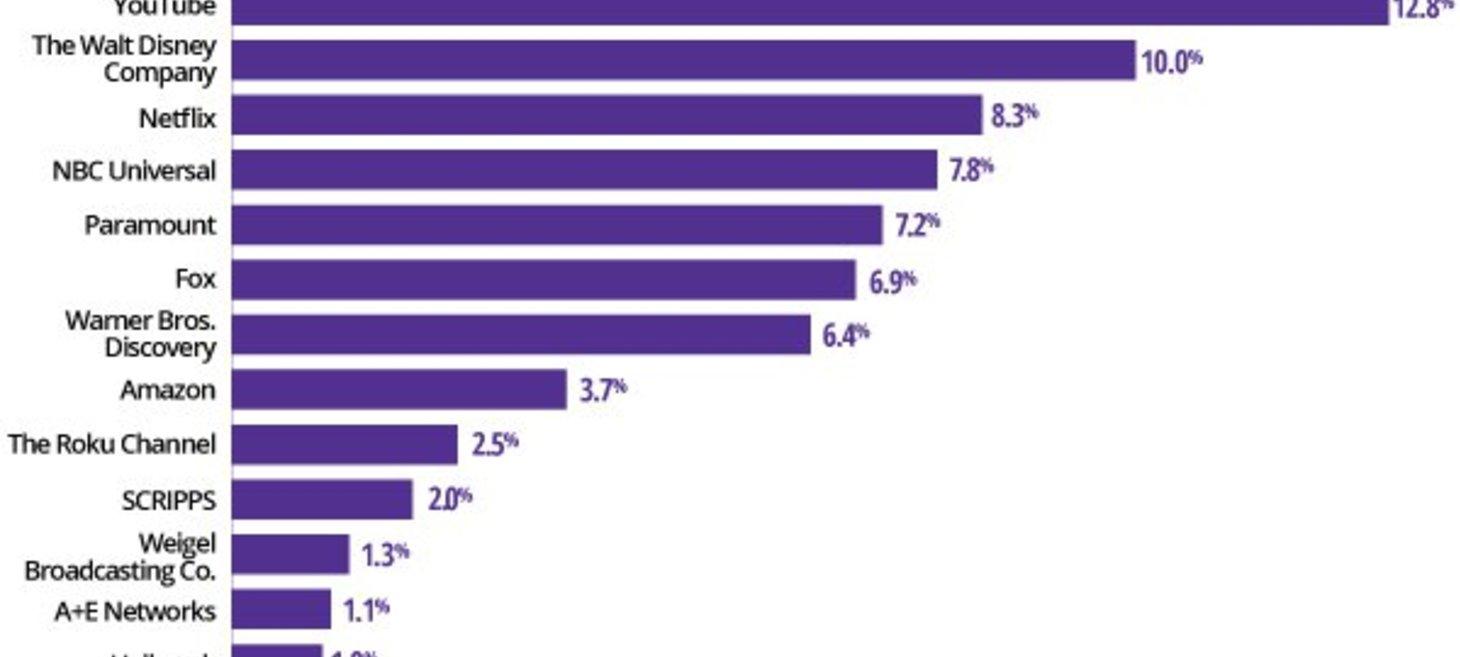Headlines

How Do Americans Spend Their Day with Audio?
What might jump out to many is the fact that AM/FM radio accounts for the largest slice of daily audio listening time among Americans 13+. Just over one-third of all daily time spent with audio goes to AM/FM (either over-the-air or streamed).

The Dog Days Of Legacy TV: Streamers Accelerate Summer Share
Summer TV and streaming resulted in usual viewing declines for many legacy-based TV/media companies in June -- along with generally rising viewing for digital-first video streaming platforms, according to Nielsen's aggregated monthly viewing by media distributor.
Television
ESPN and NFL closing in on ‘Next Era’-defining media deal
In 1987, an eight-year-old cable network in just 41 million homes acquired the rights to eight NFL regular season Sunday night games and the Pro Bowl.
Trump Claims Skydance to Give $20M Million in Ads With Paramount Merger
President Donald Trump claimed that Skydance Media, once its deal to merge with Paramount Global is approved, is expected to contribute $20 million in advertising, public service announcements or “similar programming,” as part of a side deal alongside Paramount’s $16 million payment to settle his lawsuit accusing “60 Minutes” of deceptive editing.
Radio
Engaging with Consumers Who Have the Cash to Splash
While some brands focus on reaching the next generation, it may be wise to connect with today’s wealthiest consumer segment – baby boomers.
Automakers Fuel Anti-AM Radio Mandate Advocacy Dollars In Q2
As the AM Radio for Every Vehicle Act gains traction on Capitol Hill, automakers doubled down on efforts to block it.
Media
From Coast To Coast, Public Media Scrambles To Stay Afloat As Federal Support Vanishes
Coast to coast, public broadcasters are bracing for the loss of federal funding. And that is leading several to tighten their belts and ramp up appeals to listeners for donations.
WARC Report: Consumers Act With Intention Amidst Uncertainty.
A new report from the World Advertising Research Center (WARC) finds a widening wealth gap in the U.S. is causing a divergence in consumer spending habits, with the wealthiest 10% of households accounting for nearly half of consumer spending.
